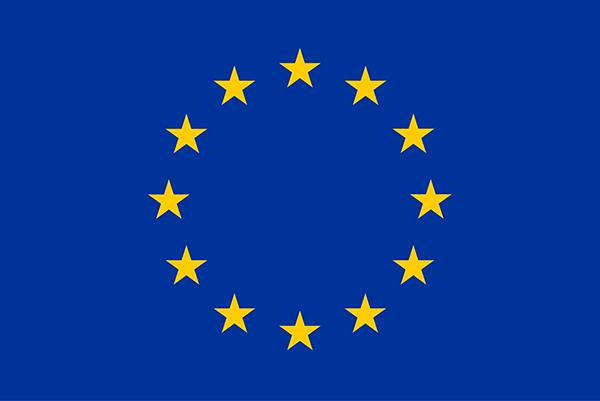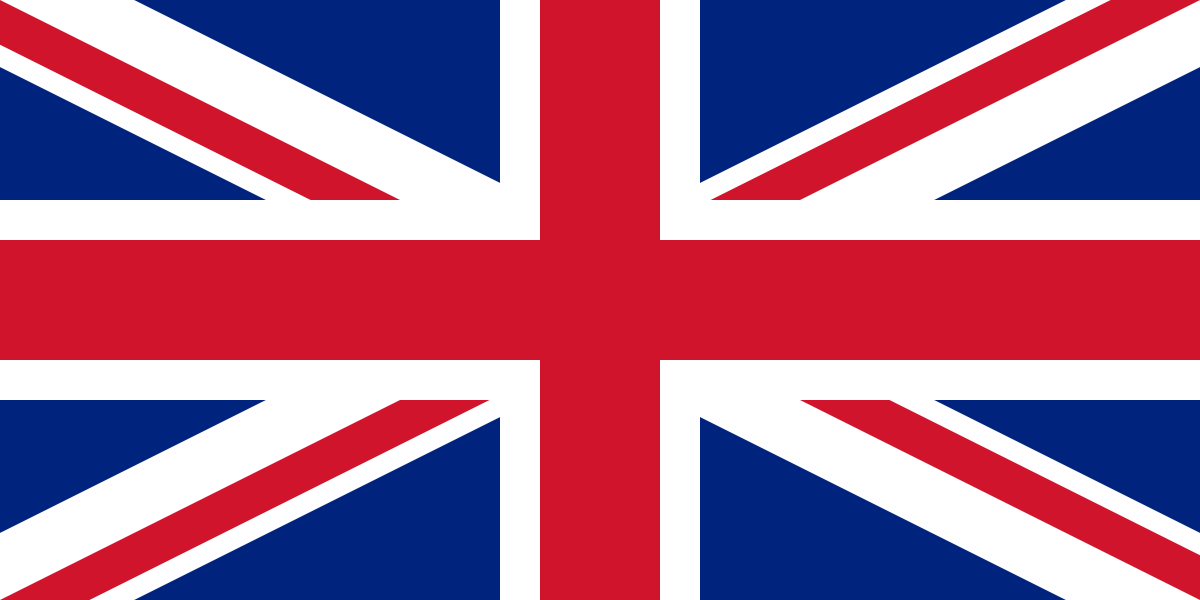- Industry
- Region
- Country / Region
United States: The FCC has officially released the final rule related to supplemental space coverage
On April 30, 2024, the FCC officially published on the Federal Register website the final rule of Supplemental Space Coverage (SCS) regulations numbered 2024-06669, which allows satellite operators to use terrestrial mobile communications spectrum to operate satellites to facilitate the convergence of satellites and terrestrial networks. The new regulations will come into force on May 30, 2024. The new regulations will allow satellite operators to use spectrum such as:
- 600 MHz: 614-652 MHz and 663-698 MHz;
- 700 MHz: 698-769 MHz, 775 MHz-799 MHz, and 805-806 MHz;
- 800 MHz: 824-849 MHz and 869-894 MHz;
- Wideband PCS: 1850-1915 MHz and 1930-1995 MHz;
- AWS-H spectrum block: 1915-1920 MHz and 1995-2000 MHz.
The spectrum allocation above and has some essential changes compared with the draft regulation published in April 2023.
The regulatory announcement also mentions that 911 services will be enhanced through SCS. The FCC simultaneously posted a separate public consultation on April 30 for the way SCS facilitates 911 services, click this link to check the original public consultation.
Click this link to check the original final rule 2024-06669.
On April 29, 2024, the Ministry of Science and Information and Communication Technology (MSIT) of the Republic of Korea issued Draft Announcement No. 2024-0479 to solicit public comments on the draft amendments to the Circular No. 2016-89 for Exemption from Licensing Equipment.
The proposed amendments relate to Article 7 of Announcement 2016-89, which requires an increase in the occupied bandwidth of certain low-power wireless devices for wireless access systems, including wireless LANs in the 6GHz band. For the frequency bands 5925~6425MHz, 5925~7125MHz, and 5925~6425MHz, it is recommended to increase the occupied bandwidth below 160MHz to below 320MHz.
Click this link to check the original public consultation and the consultation is open until 20 May 2024.
On April 25, 2024, the Ministry of Information and Communications of Vietnam issued an announcement and a draft technical regulation QCVN 134:2024/BTTTT to introduce SAR requirements for mobile phones. The draft technical regulations specify limits and methods for measuring the specific absorption rate (SAR) of mobile phones. The regulations will apply to entities engaged in the manufacture, import, trade and operation of mobile phones in Vietnam. Technical regulations ensure that products meet safety requirements and specify SAR test procedures, including fast SAR test methods.
Comments are open until 25 June 2024. In accordance with Article 2 of the announcement, it is expected that the technical regulation will enter into force on July 1, 2025, if subsequent announcements are adopted and officially published. Click on this link to view the original announcement and draft regulations.
On April 24, 2024, the European Commission launched a study exploring the possibility of digitizing and collecting the conformity assessment certificates of all CE-marked products into a database called the "Digital Solution for Conformity Verification" (DSCV). The objective of the DSCV is to facilitate market surveillance and customs control and to provide more accessible and reliable data on the CE marking of products. Relevant stakeholders, such as customs authorities, market surveillance bodies, certification bodies, notified bodies, manufacturers, distributors, importers, exporters, consumers, and managers of existing similar databases, were invited to participate in the study.
Click on the this link to view the original questionnaire, which was collected until May 17, 2024.
On April 22, 2024, the Ministry of Industry and Information Technology (MIIT) issued the Interim Regulations on the Radio Management of Ultra-Wideband (UWB) Equipment on its official website, which are as follows:
Interim Regulations on Radio Management of Ultra-Wideband (UWB) Equipment
Article 1 These Provisions are formulated in accordance with the Regulations of the People's Republic of China on Radio Administration, the Regulations of the People's Republic of China on Radio Frequency Allocation, the Regulations on the Administration of Radio Transmission Equipment, and other laws and regulations in order to promote the development of the radio industry, strengthen the management of ultra-wideband (UWB) equipment, improve the efficiency of spectrum use, maintain the order of air waves, and ensure that ultra-wideband (UWB) equipment and other radio systems can achieve frequency compatibility and sharing.
Article 2 The term "ultra-wideband (UWB) radio transmission equipment" as used in these Regulations refers to radio transmission equipment with a transmitting signal bandwidth (-10dB bandwidth) of not less than 500MHz, which is mainly used in short-distance and high-speed wireless data communication, positioning, ranging, perception and other fields, and is used at a frequency of 7163-8812MHz.
These provisions apply to the development, production, import, sale and use of ultra-wideband (UWB) radio transmission equipment.
Article 3 The production or import of ultra-wideband (UWB) radio transmission equipment for sale and use in China shall comply with the "Technical Requirements for Ultra-Wideband (UWB) Radio Transmission Equipment" (see Annex), and apply to the State Radio Administration for approval of the type of radio transmission equipment.
Article 4 The installation and use of ultra-wideband (UWB) radio transmission equipment shall be managed with reference to terrestrial public mobile communication terminals, and no radio station license shall be required.
Article 5 The use of ultra-wideband (UWB) radio transmission equipment shall not cause harmful interference to other legal radio stations (stations), nor shall it put forward protection requirements from harmful interference.
Article 6 The use of ultra-wideband (UWB) radio transmitting equipment is prohibited within 1 km of the radio astronomy observatory site.
Article 7 The use of ultra-wideband (UWB) radio transmission equipment on aircraft (including unmanned aircraft) is prohibited.
Article 8 The radio administration shall strengthen the supervision and inspection of the production, import, sale and use of ultra-wideband (UWB) radio transmission equipment, and shall order corrections and deal with violations of the relevant provisions of radio administration if it is found to be in violation of the relevant regulations.
Article 9 According to the development of the industry and technological progress, the relevant contents of these regulations shall be adjusted in a timely manner by the State Radio Administration.
Article 10 From the date of implementation of these Regulations, the State Radio Administration shall no longer accept and approve applications for the approval of ultra-wideband (UWB) radio transmission equipment that does not meet the technical requirements listed in these Regulations, and the ultra-wideband (UWB) radio transmission equipment that has obtained the type approval certificate may continue to be sold and used until it is scrapped.
Article 11 These Provisions shall come into force on August 1, 2025, and the original Notice on the Provisions on the Use of Ultra-Wideband (UWB) Technical Frequencies (MIIT [2008] No. 354) shall be repealed at the same time.
Annex: Technical Requirements for Ultra-Wideband (UWB) Radio Transmitting Equipment.pdf
On April 22, 2024, the Ministry of Industry and Information Technology issued the "Radio Management Regulations for Radio Frequency Identification (RFID) Equipment in the 900MHz Frequency Band" on its official website, which is as follows:
Radio Management Regulations of Radio Frequency Identification (RFID) Equipment in the 900MHz Frequency Band
Article 1 These Provisions are formulated in accordance with the Regulations of the People's Republic of China on Radio Administration, the Regulations of the People's Republic of China on Radio Frequency Allocation, the Regulations on the Administration of Radio Transmission Equipment, and other laws and regulations in order to promote the development of the radio industry, strengthen the management of radio frequency identification (RFID) equipment, improve the efficiency of spectrum use, and maintain the order of air waves.
Article 2 The term "radio frequency identification (RFID) technology" as used in these provisions refers to the technology of realizing contactless data transmission between the reader and the tag through the modulation and coding of radio frequency signals, and then identifying the identity information and other data contained in the tag, which is mainly used in the fields of public safety, production management and control, logistics and supply chain management, and traffic management.
This regulation applies to the development, production, import, sale and use of radio frequency identification (RFID) radio transmission equipment in the 920-925MHz frequency band.
Article 3 The production or import of radio frequency identification (RFID) radio transmission equipment for sale and use in China shall comply with the "Technical Requirements for Radio Frequency Identification (RFID) Radio Transmission Equipment in the 900MHz Frequency Band" (see Annex), and apply to the State Radio Administration for approval of the radio transmission equipment type.
Article 4 The installation and use of radio frequency identification (RFID) radio transmission equipment in the 920-925MHz frequency band shall be managed with reference to the terrestrial public mobile communication terminals, and no radio station license shall be obtained.
Article 5 The use of radio frequency identification (RFID) radio transmission equipment shall not cause harmful interference to other legal radio stations (stations), nor shall it put forward protection requirements from harmful interference, such as harmful interference to other legal radio stations (stations), it shall immediately stop using it, and can continue to use it only after taking measures to eliminate harmful interference.
Article 6 The installation of radio frequency identification (RFID) radio transmission equipment in the frequency band 920-925MHz within the shortest horizontal distance of 33 meters from the center line of the railway track shall be subject to the consent of the State Railway Administration or the regional railway supervision and administration.
Article 7 The radio administration shall strengthen the supervision and inspection of the production, import, sale and use of radio frequency identification (RFID) radio transmission equipment, and shall order corrections and deal with violations of the relevant provisions of radio administration if it is found to be in violation of the relevant regulations.
Article 8 From the date of implementation of these provisions, the State Radio Administration shall no longer accept and approve applications for the approval of radio frequency identification (RFID) radio transmission equipment in the 840-845MHz frequency band, and the radio frequency identification (RFID) radio transmission equipment that has obtained the type approval certificate of the frequency band may continue to be sold and used until it is scrapped.
Article 9 These Provisions shall come into force on November 1, 2024, and the original "Regulations on the Application of Radio Frequency Identification (RFID) Technology in the 800/900MHz Frequency Band (Trial)" (Ministry of Information [2007] No. 205) shall be repealed at the same time.
On May 16, 2024, Chairman of the Pakistan Telecommunications Authority (PTA), Hafeez Ur Rehman, announced the launch of Wi-Fi in the 6GHz band in Pakistan. Previously, on April 18, 2024, the Frequency Allocation Board (FAB) of Pakistan had approved the allocation of the frequency band 5925 – 6425 MHz for the use of license-free RLANs (Wi-Fi 6E) in Pakistan on an unprotected and interference-free basis according to the following technical parameters:
- Frequency band: 5925-6425MHz;
- Power: indoor 23dBm, 10dBm/MHz; 14dBm/MHz outdoors and 10dBm/MHz when operating at a smaller bandwidth.
The PTA notice has allowed type approval to be requested for new products with Wi-Fi 6E technology. In the case of a certified product, if the applicant can prove that the certified product supports Wi-Fi 6E, applicant can apply to the PTA to renew the certificate.
Click this link to view PTA's press release on enabling Wi-Fi 6E.
On 18 April 2024, the UK Department of Commerce and Trade issued Circular 0100/24 amending the list of standards for the General Product Safety Regulations 2005 (S.I. 2005/1803). It is worth noting that the electrical safety standard required in the list of standards is EN IEC 62368-1:2020:A11:2020, which is higher than the harmonized standard of the CE LVD directive, EN IEC 62368-1: 2014/AC:2015, and also higher than its successor version, EN 62368-1 2014/A11:2017, which should be noted when choosing the standard.
Click this link to view the original announcement.
Following a public consultation on the new mobile phone charger by the Brazilian Telecommunications Agency (ANATEL) on September 6, 2023, ANATEL published a new regulation, Ato 5155, on April 17, 2024, containing guidelines and test scopes for this product type, which will enter into force on October 14, 2024. The ATO 5155 Act defines safety and EMC testing requirements for DC/DC, AC/DC, and inductive mobile phone chargers. The new Act replaces Act No. 5159 issued in 2022 and Act No. 3481 issued in 2019.
Click this link to view the original text of Ato 5155.
On 15 April 2024, the Macao Post and Telecommunications Bureau (CTT) published Directive No. 64/2024 on the website of the Macao SAR Government, amending Directive No. 198/2014 on low-power short-range radiocommunication equipment. There are two main contents:
- SRD products operating in the 5925-6425 MHz band are exempt from government authorization
- the frequency bands used by radionavigation and radiolocation satellite system receivers are no longer restricted.
The directive entered into force on April 15, 2024. Click this link to view the original text of CTT's Directive 64/2024.







